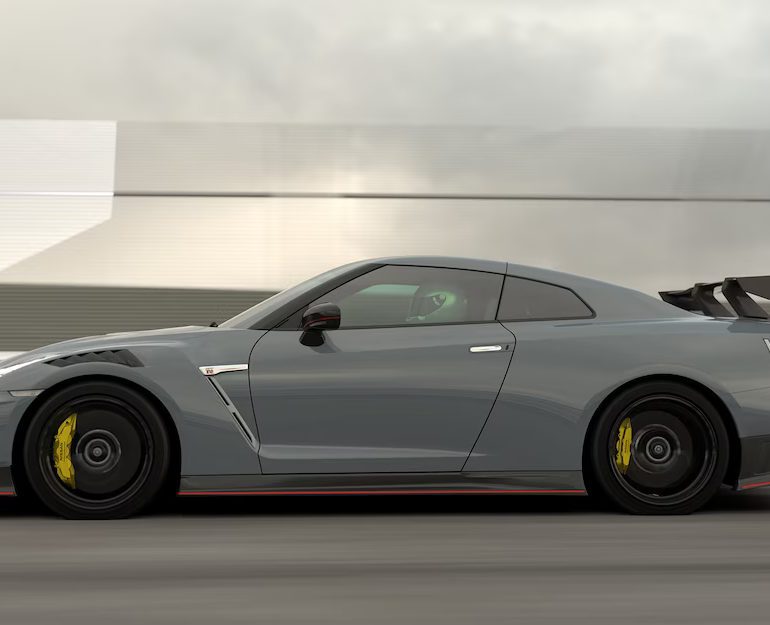Supercars have always been the epitome of automotive engineering. They showcase the latest advancements in technology, performance, and design. Car enthusiasts around the world eagerly await the release of new supercars, with each new model promising to push the boundaries of what’s possible. However, as time passes, even the most iconic supercars eventually become outdated, and car manufacturers are forced to either update or retire them altogether.

This is even more relevant today when available technologies continue to evolve at a breathtaking pace. In this article, we will take a look at ten supercars that are long overdue for a sequel or a replacement. A few of them have a successor in the works, while others continue to soldier on gamely, locked in a battle to remain relevant.
Nissan GT-R

It would be almost criminal to omit this Japanese supercar from this list. The GT-R, or Godzilla as it’s popularly known, first broke cover over fifteen years ago, in 2007. It took the car community by storm with its incredible acceleration off the line and overall handling capabilities. The GT-R soon earned the moniker ‘supercar killer’ thanks to its ability to embarrass rivals from established powerhouses like Ferrari, Lamborghini and Porsche. Today, though, it’s clear the GT-R’s best years are well in the past. It’s still an impressive machine, no doubt. However, it’s lost some of its shine in today’s rapidly evolving supercar environment. You’d be hard-pressed to describe the GT-R today as a ‘supercar killer.’ Godzilla desperately needs a successor to keep the legend alive. Over to you, Nissan.
Ferrari LaFerrari
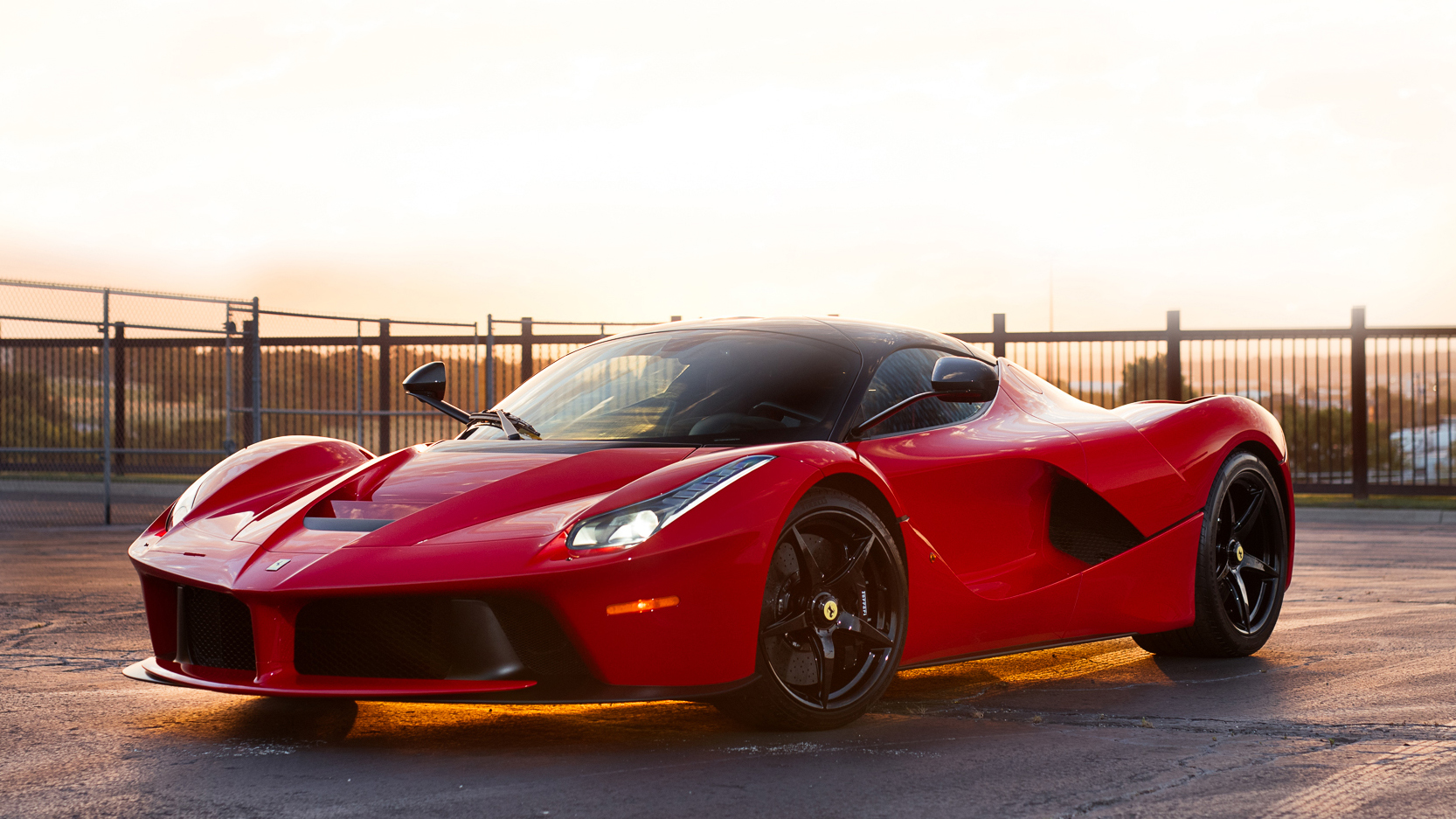
LaFerrari translates to ‘The Ferrari.’ It gives an insight into the Italian carmaker’s vision for the V12 hypercar when it debuted in 2013. in many ways, the LaFerrari represented the peak of Ferrari’s engineering and design brilliance. It remains a formidable machine today, even in the era of its hybrid SF90 Stradale sibling. However, after a decade, it’s time for the LaFerrari to hand over its crown. Thankfully, Ferrari also realizes this and is hard at work on a worthy successor. Several spy images and videos hint at a LeFerrari replacement, expected sometime toward the end of 2024.
McLaren P1
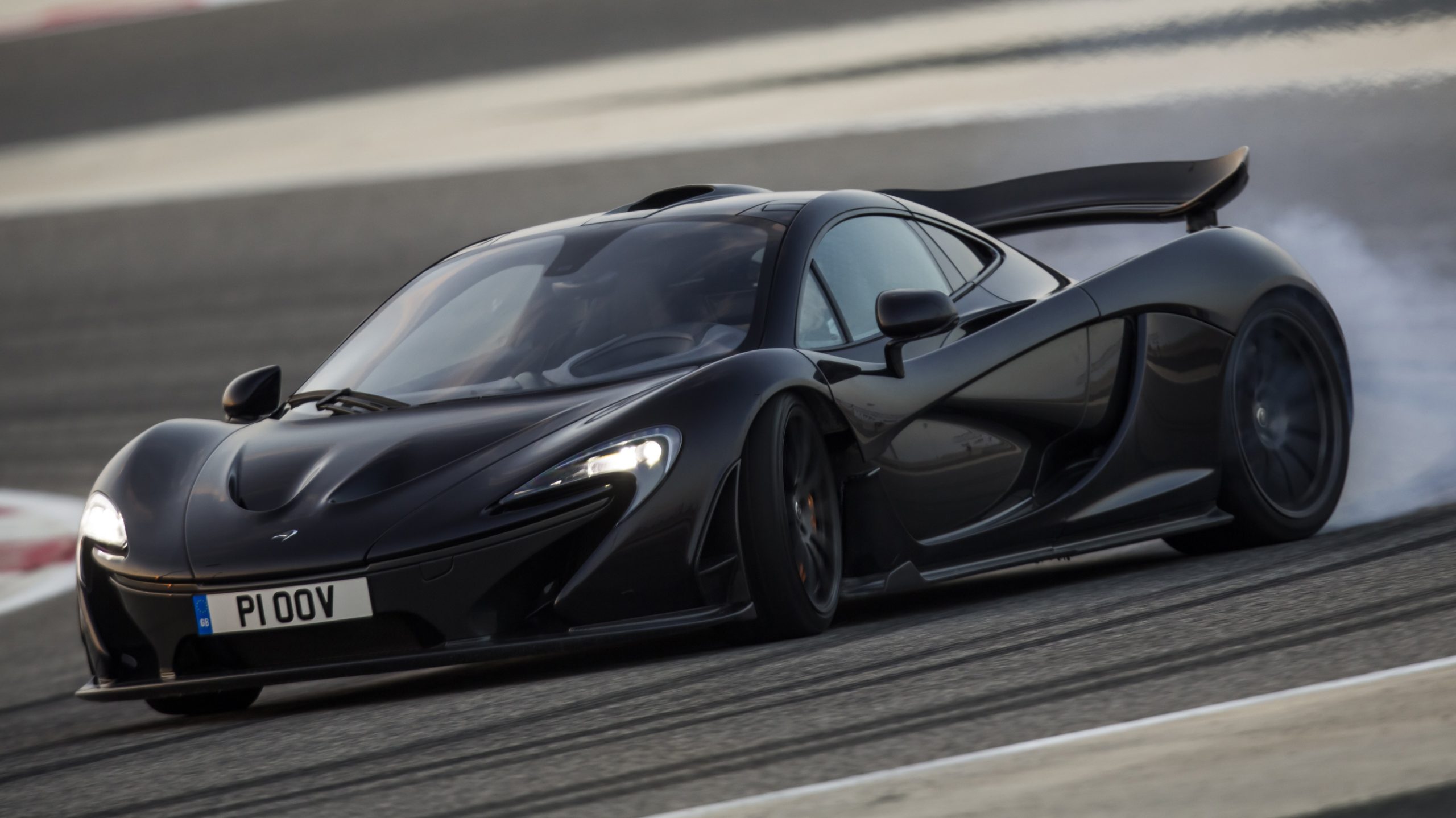
Like the LaFerrari, the McLaren P1 is also a decade old, having been launched in 2013 as the second member of the hypercar trinity (the third member is the Porsche 918 Spyder). Its performance stats still make for impressive reading today. The P1 can sprint from 0 to 60 mph in 2.5 seconds, while the quarter-mile marker is knocked off in 10.2 seconds at about 150 mph. Ten years is a long time, though, in the supercar world. The hybrid powertrain on the P1 is now rather dated. It’s one of the reasons McLaren has a battery upgrade program for the P1. The British carmaker is reportedly planning a successor for 2026; it can’t arrive soon enough.
Audi R8

The Audi R8 has had a good run. It first appeared at the 2003 Geneva International Motor Show before the production version was revealed at the 2006 Paris Auto Show three years later. It has often been described as a rebadged Huracan, perhaps unfairly so. Both cars share some critical components, like the powertrain. However, the Audi R8 has its own distinct character and is arguably the more practical of the two. In any case, the car does have a strong following in the car community. It’s the reason it’s been around for almost two decades. It’s paid its dues, though, and the last iteration is the R8 V10 GT Final Edition. Audi is reportedly working on a fully electric successor to be released before the decade’s end.
Lamborghini Huracan

In 2014, the Lamborghini Huracan replaced the Gallardo. The entry-level Lambo has remained in production since then. In that time, the Huracan has spawned several variants and has gone on to become one of the carmaker’s most profitable models. Over 20,000 Huracan units have been sold from inception till date. It makes sense, then, that Lamborghini would want to keep the Huracan in production for as long as possible. Even then, the end is near for Lamborghini’s ‘cash cow.’ The Sterrato off-road supercar has been billed as the last Huracan variant, and a replacement is set to be unveiled by the end of 2024.
GTA Spano
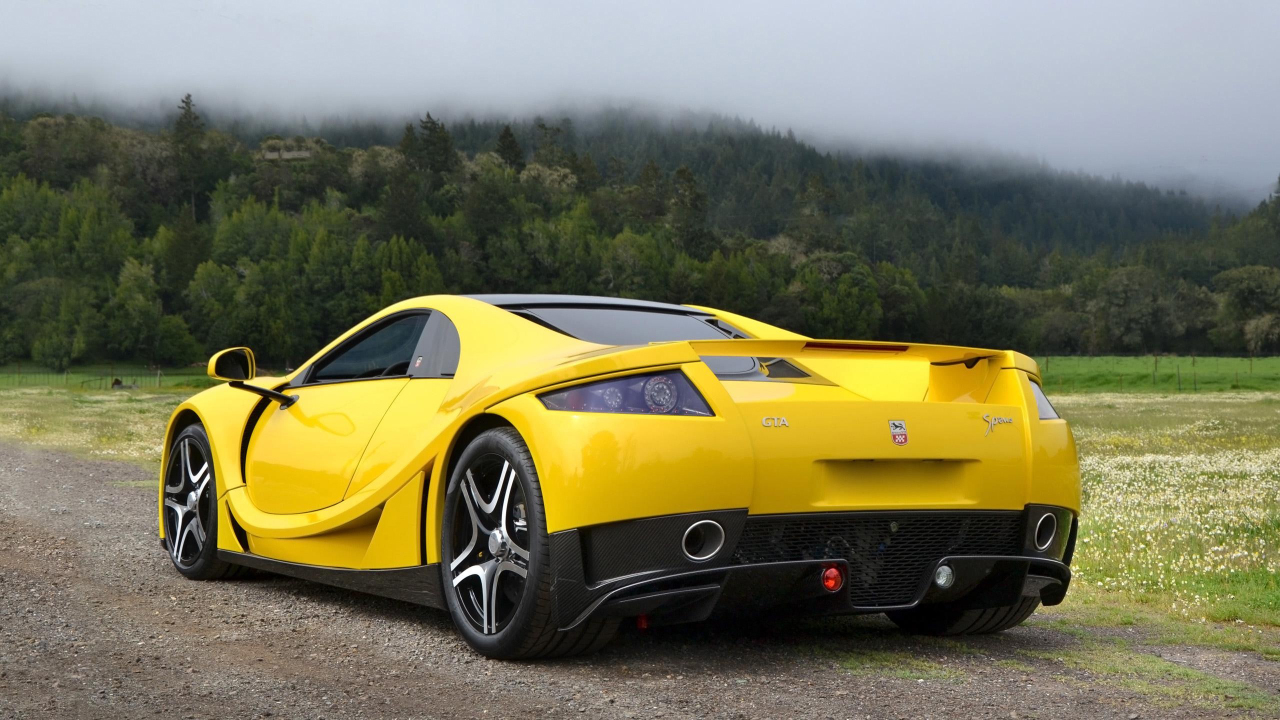
The almost-forgotten GTA Spano helped put Spain on the supercar map when it first emerged in 2009 as an outrageous concept. By 2013, it was available in a production version with a Dodge-Viper-derived twin-turbocharged V10 that made a thumping 900hp and a manual gearbox option to boot. The plan was to build 99 units, but it is unclear if that production run was ever completed. In 2015, the car was refreshed with less aggressive styling and a power boost to 925 bhp. Spania GTA, the carmaker behind the supercar, still exists today, and a GTA Spano successor can help generate some much-needed buzz for the company as it fights to stay relevant in the performance car segment.
BAC Mono
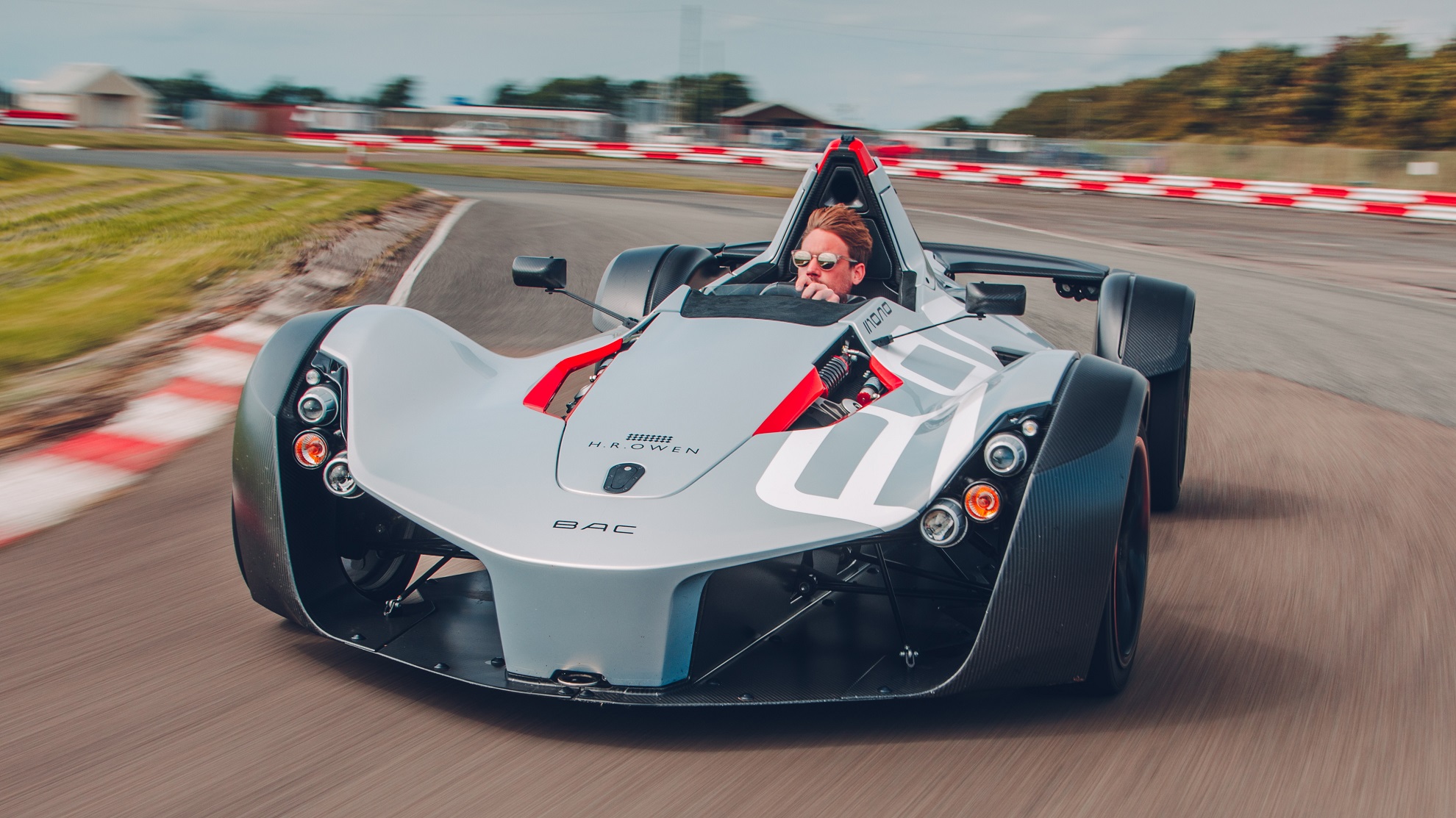
Briggs Automotive Company, a British automotive outfit, is the brains behind this road-legal sports car. The BAC Mono is a no-frills performance machine with a lightweight chassis, single seat and open-top construction. At its heart is a 2.5-litre inline-4 engine that puts out as much as 340 bhp. It’s enough to get the small car from 0 to 60 mph in less than 3 seconds and on to a 170 mph top speed. The BAC Mono is badly in need of a sequel, though. It’s retained the same basic design since it was first launched in 2011, and BAC could do well with a new model to keep it in step within a competitive market space that boasts several rivals.
Mazzanti Evantra

Mazzanti Automobili is an Italian boutique supercar manufacturer founded 21 years ago. Its flagship product is the Evantra supercar, and the company will still build you one on request. However, it might be time for the company to consider a replacement for the Evantra. The high-performance limited production supercar premiered at the 2013 Top Marques Show in Monaco. To be fair, several variants have been introduced since then, with the latest Evantra model pushing out over 750 hp. However, the styling is quite dated now. The carmaker might well benefit from the introduction of an Evantra replacement – or at least, a new model to expand the current lineup.
Lexus LFA
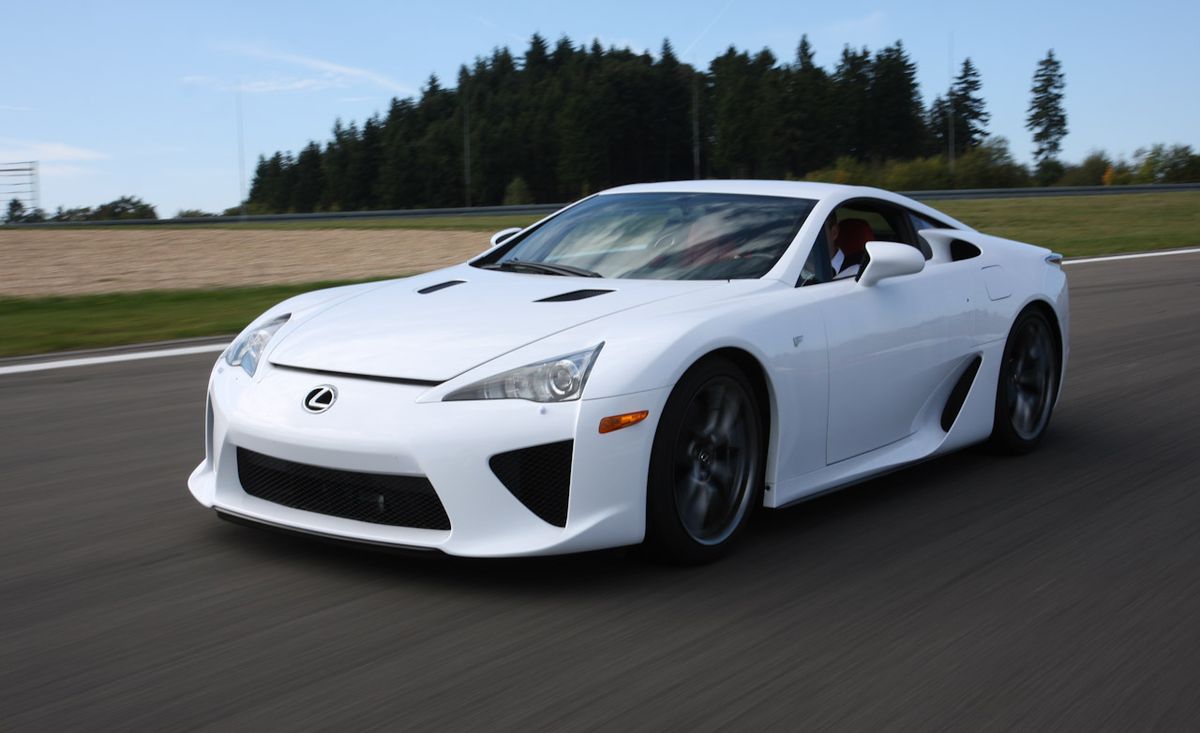
Lexus held nothing back when designing its first and, so far, only supercar. The LFA reportedly spent about a decade in development, costing hundreds of millions of dollars. The result, though, was a wild car that is still regarded as one of the best-sounding V10-supercars. Production began in 2010 and wrapped up two years later. The production run was capped at 500 units, with the carmaker reportedly making a loss on each unit sold. The carmaker has teased an upcoming LFA successor on several occasions. However, there’s been no official announcement, and the car community continues to wait for the second chapter of Lexus’ supercar adventures.
BMW i8
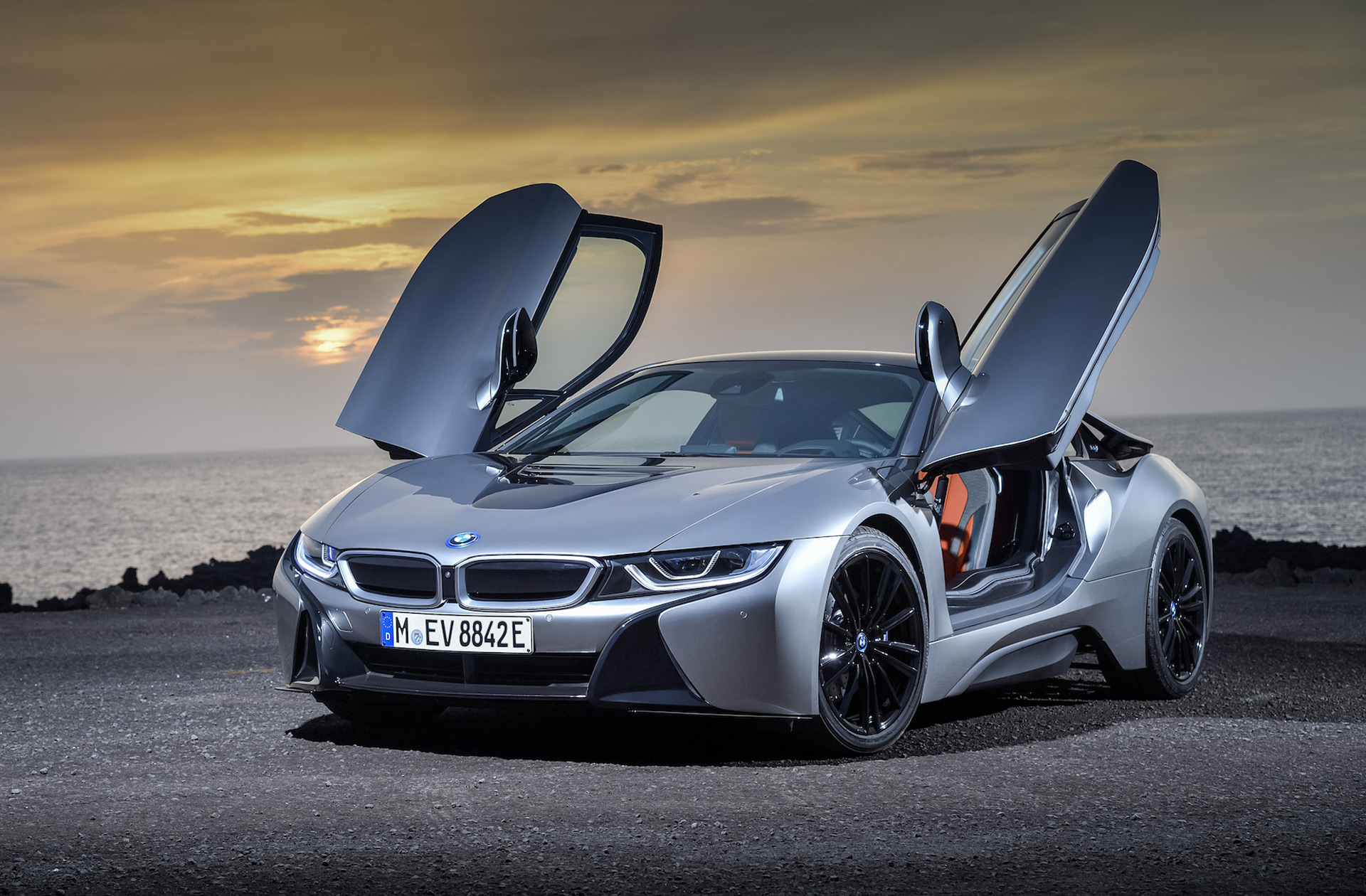
The i8 sports car was an odd one indeed. BMW touted it as a flashy and fuel-efficient alternative to traditional combustion exotics. When graded against those scorecards alone, the i8 certainly delivered with its unique styling and hybrid powertrain. However, it was also often criticized for being underpowered and overpriced – both valid points. Eventually, BMW discontinued the car in 2020 after six underwhelming years. The sports car has the chance of a redo, with reports of an upcoming BMW i8 M planned for the 2026 model year. The new car is expected to put out almost 600 hp and be several notches above the i8 in terms of overall design, handling and performance.


